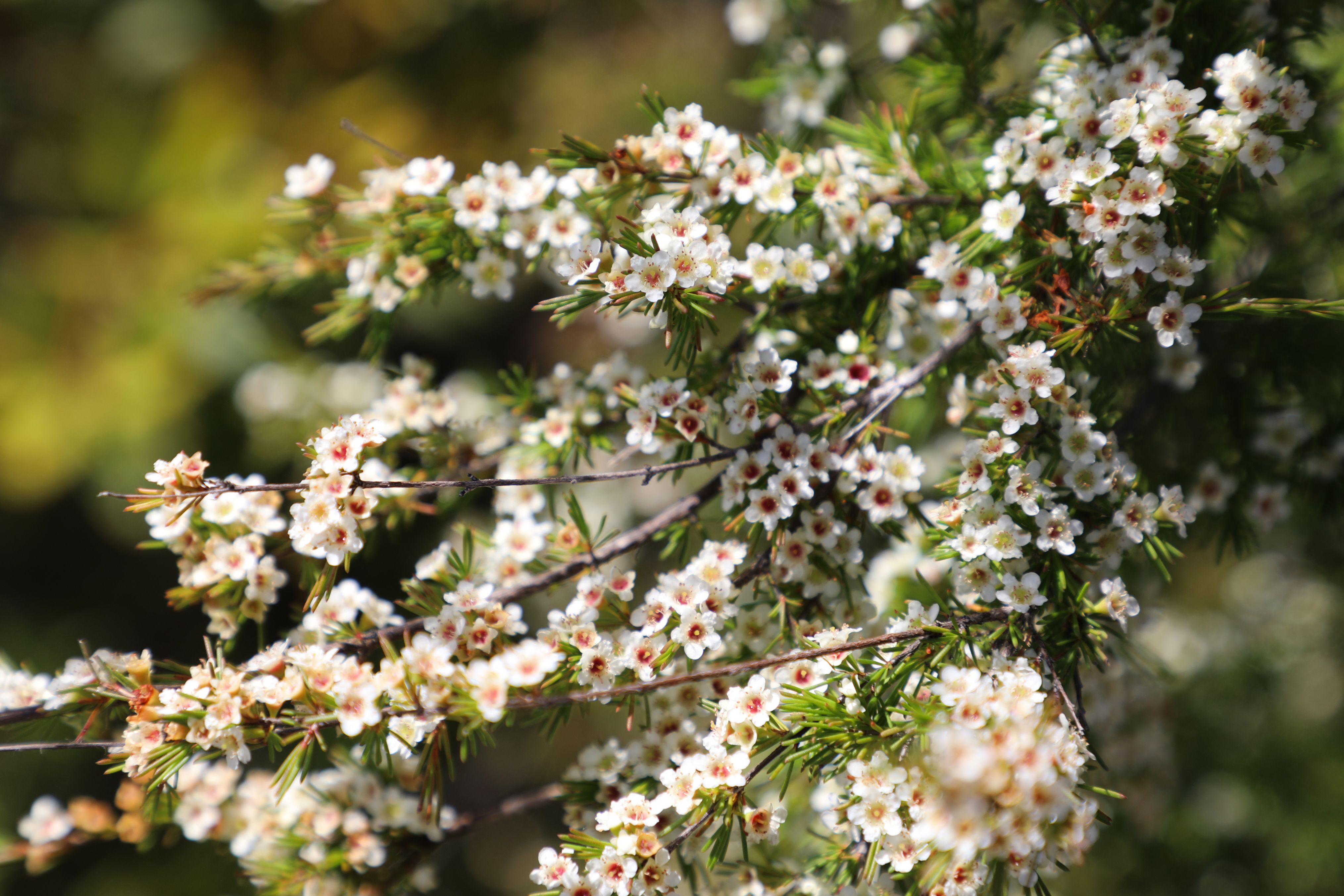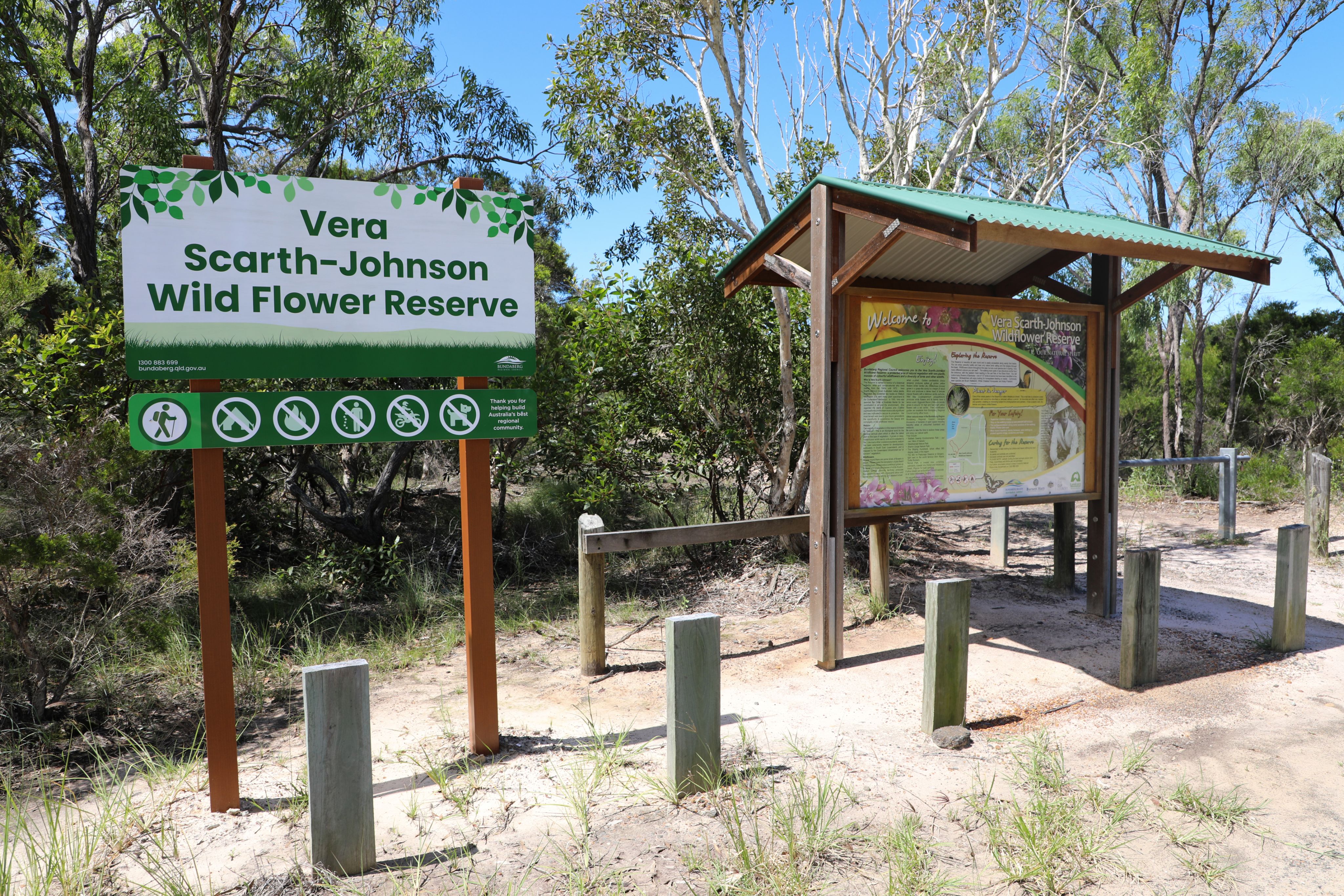Wonder of wildflowers at Vera Scarth-Johnson Reserve













The Vera Scarth-Johnson Wildflower Reserve is nestled between the Elliott River and Coonarr, a 93-hectare sanctuary bursting with rare plants and diverse colours.
The reserve features well-defined walking tracks for visitors to watch birds or simply enjoy the scenery.
137 varieties of plants have been identified in the reserve, with wildflowers in bloom throughout the year but looking most spectacular in spring.
The walking track splits into two directions not far from the entrance, with the western track leading to the salt flats of the Elliott River.
Birdwatchers will enjoy looking for the honeyeaters feeding on nectar.
Commonly seen species are the Brush Wattlebird, White Cheeked Honeyeater and Noisy Friarbird.
Flora in the reserve
Most of the vegetation in this reserve is known as “Wallum”.
This is an Indigenous word for the Banksia aemula plant which is often the tallest plant in this type of vegetation.
It grows on deep, nutrient-poor acidic sandy soils and is adapted to fire.
One of the rarest plants in the reserve is called the Melaleuca cheelii.
Its branches are often very twisted and gnarled, creating an interesting subject for photographers and painters. It has a papery bark, tiny leaves and creamy white flowers.
Wildflowers in abundance
Many of the flowers you might find in the reserve are tiny in size and ranging in colours from whites to creams, purples, pinks and yellows.
This reserve features flowers that are very different to what you experience in any other parts of the Bundaberg Region.
Vera’s legacy lives on
The reserve was named after Vera Scarth-Johnson, an artist and conservationist who lived in the region between 1940 and 1972.
In 1995 Vera was awarded the Order of Australia medal for her contribution to art and the environment.
Her biggest wish was to give future generations the opportunity to experience the beauty and complexity of this wildflower reserve.
When visiting the wildflower reserve it is important to leave nothing but footprints behind, have a good look, touch and smell of the flowers but leave them for others to enjoy.











